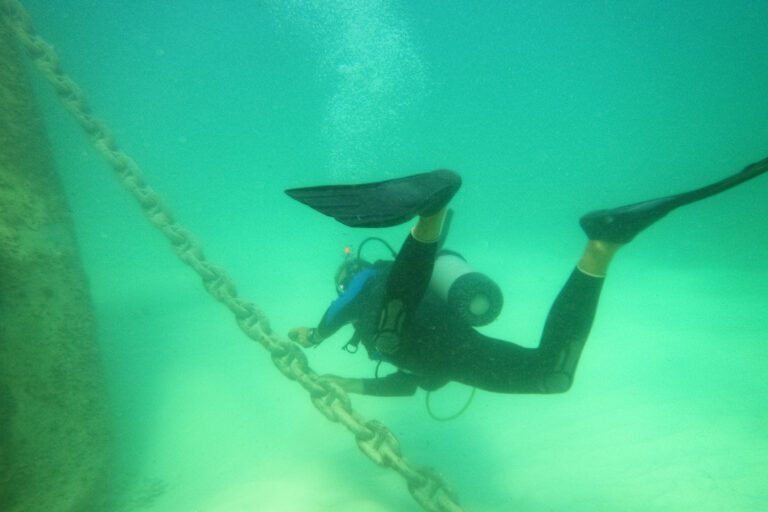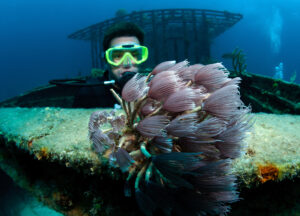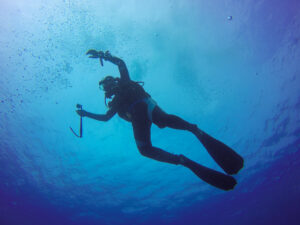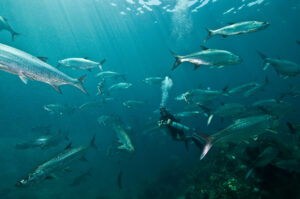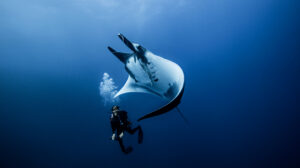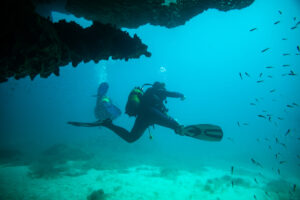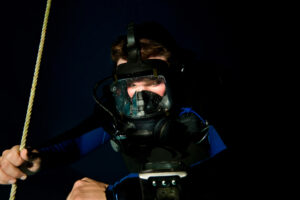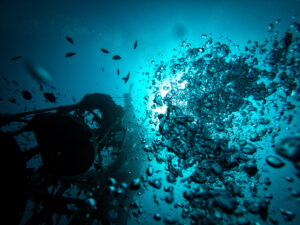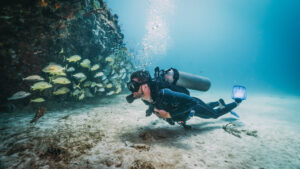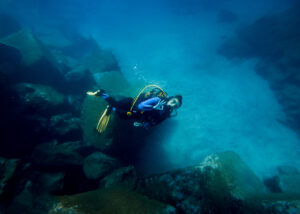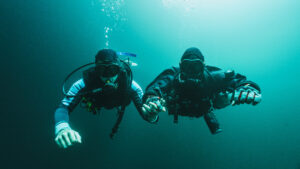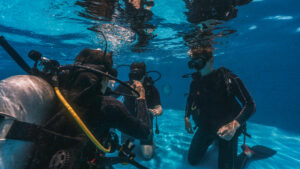What is Reserve Gas in Scuba Diving?
Reserve Gas, a term of paramount importance in the world of scuba diving, refers to a portion of gas supply that a diver sets aside exclusively for emergency situations. It is an integral part of the diving planning and execution process. This reserve is not meant to be consumed during the ordinary course of a dive; rather, it serves as a safety net, providing divers with a potentially life-saving resource in case of unexpected circumstances underwater.
Importance and Safety
The concept of reserve gas is rooted in the principles of safety and preparedness. Diving, while an exhilarating experience, can pose risks. Equipment malfunctions, unexpected changes in underwater currents, sudden health issues, and unforeseen extended dive times are just some of the scenarios where having a reserve gas supply can make a significant difference. Reserve gas is essentially a contingency plan, a critical component in ensuring that divers can safely return to the surface in case of emergencies.
Calculating Reserve Gas
Determining the amount of reserve gas needed for a dive depends on several factors, including the depth and duration of the dive, the diver’s breathing rate, the type of dive (recreational, technical, etc.), and specific environmental conditions. Generally, the rule of thirds is applied in recreational diving, where one-third of the total gas supply is allocated for the descent and exploration, one-third for the return journey, and the final third serving as the reserve. In technical and cave diving, a more conservative rule of halves may be applied.
Equipment
Reserve gas is typically stored in the main dive cylinder, although in more advanced dive planning or technical diving scenarios, it may be stored in separate, independent tanks known as pony bottles or bailout cylinders. These independent systems provide an additional layer of safety, particularly in situations where the primary gas supply might be compromised.
Training and Best Practices
Proper training and adherence to best practices are crucial for effective use of reserve gas. Divers should be well-versed in monitoring their gas supply, understanding their gas consumption rate, and knowing how and when to access their reserve gas in an emergency. It’s vital to always plan dives with the reserve gas in mind and never to encroach on it during a routine dive.
Implications and Considerations
Reserve gas planning is not an isolated process but should be integrated with other safety measures and dive planning procedures. It’s a key aspect of gas management, alongside other considerations such as gas mix (for dives requiring enriched air or trimix), decompression obligations, and surface support arrangements.
Moreover, diving with a reserve gas supply instills a safety mindset, encouraging divers to think proactively about potential risks and their mitigation strategies. This approach not only enhances the safety profile of dives but also enables divers to enjoy their underwater adventures with greater peace of mind.
Evolution and Advancements
The idea of reserve gas in scuba diving has evolved over time, paralleling the advancements in diving equipment and techniques. Early diving practices saw divers using J-valves, which automatically switched to a reserve supply when the main tank reached a certain pressure. However, these fell out of favor due to the risk of unexpectedly depleting the gas supply, and the need for divers to have a more accurate awareness of their gas consumption.
Today, submersible pressure gauges (SPGs), dive computers, and even sophisticated gas-integrated dive computers offer precise, real-time monitoring of gas supplies. These technological advancements have given divers the tools necessary to effectively manage their gas, including their reserve, fostering self-reliance and increased safety.
Reserve Gas in Different Types of Diving
In the context of recreational diving, the reserve gas is usually a part of the total gas supply in a single tank. However, as divers progress into more advanced forms of diving, the configuration may change. In technical diving, divers may carry multiple tanks with different gas mixes, each having its own reserve. In rebreather diving, the concept of ‘diluent’ reserve is introduced, which is a backup breathing gas supply in case of rebreather malfunction.
Legal and Regulatory Aspects
Various diving organizations and regulatory bodies worldwide emphasize the importance of reserve gas and have guidelines and training programs on its proper management. Divers are always encouraged to abide by these standards, as they are designed with safety in mind. In some instances, failure to adhere to such guidelines can have implications on the validity of diving insurance, emphasizing the importance of this practice in the eyes of the law and safety regulators.
Psychological Aspects
Having a reserve gas can also have psychological benefits for divers. The knowledge that there is a backup air supply can help reduce anxiety, leading to more relaxed and controlled breathing, which in turn improves gas consumption rates. It contributes to building a safety culture, where divers are encouraged to think ahead, plan meticulously, and be prepared for potential emergencies.
Key Takeaways
The concept of reserve gas is a fundamental aspect of scuba diving, underpinning the safety and risk mitigation strategies in the sport. From its calculation and equipment considerations to the training and mindset it encourages, managing reserve gas is a skill every diver must master. As divers venture into the depths of the underwater world, the reserve gas serves as a vital lifeline, a silent guardian that stands by, ready to ensure their safe return to the surface. By understanding and respecting the value of reserve gas, divers can enjoy their subaquatic explorations with an enhanced level of safety and peace of mind.
Reserve gas, the emergency stash of breathable air held back for contingencies, is a cornerstone of safe diving practices. Its management requires careful planning, understanding of personal consumption rates, and appropriate training. As part of a comprehensive approach to dive safety, the effective use of reserve gas can help ensure that divers are prepared to handle unexpected situations, reinforcing the importance of safety and preparedness in the captivating yet unpredictable underwater environment.

